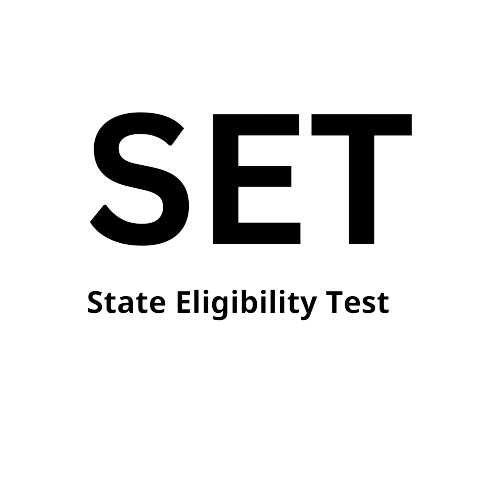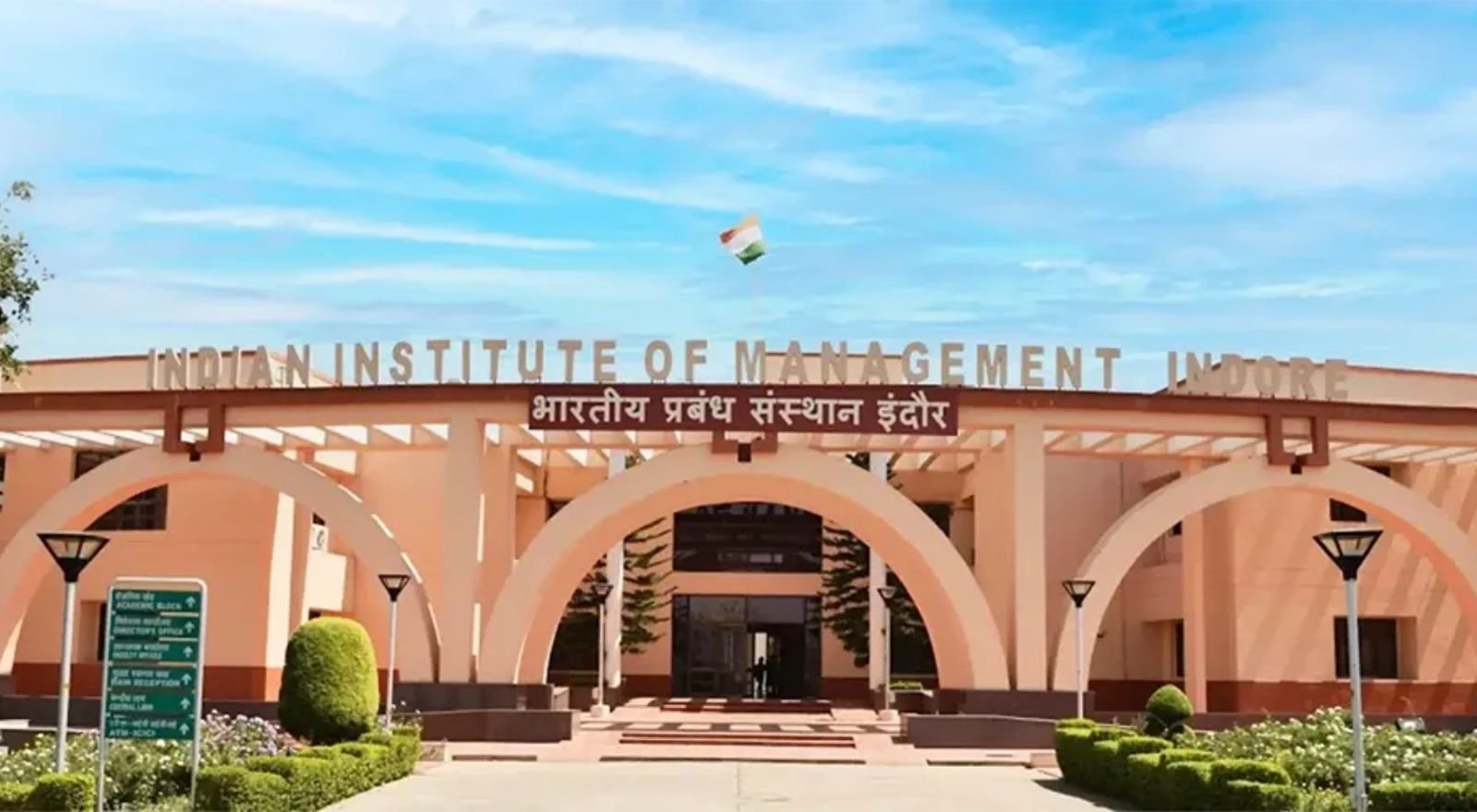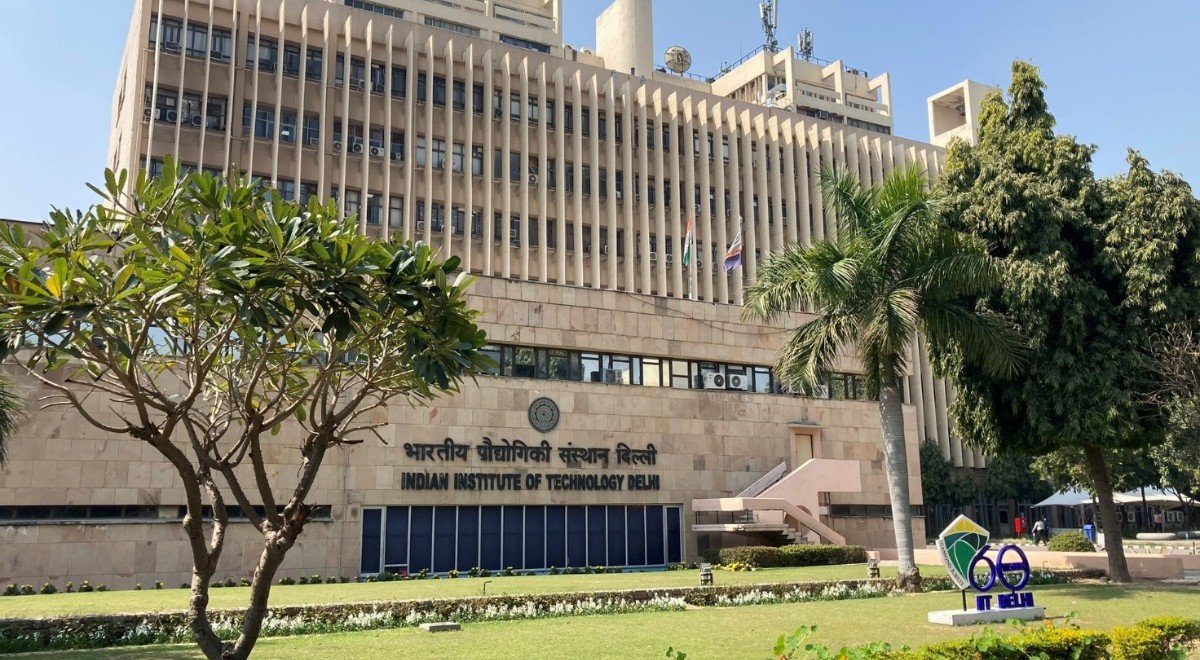Table of Contents
Preparation
The MAT is a speed-based test in which candidates have to answer 200 multiple-choice questions (MCQs) in 150 minutes. To prepare, you have to work hard and smart. The test is easy to moderately hard, so all you need to do to prepare for the MAT is make sure you can answer questions quickly and correctly. Even though MAT is a popular way for students to get into Tier-2 and private MBA programs that accept MAT, candidates must get at least a 95 percentile on the test. So, if you want to take the MAT in 2023, start getting ready now.
Tips and Strategies for MAT Preparation in 2023
The MAT test is given more than once a year. In February, the first part of the MAT 2023 test will be given. Find out about the MAT exam format, syllabus, test structure, question paper, how to prepare for the exam by month, how to prepare for each section of the exam, and what to do on the day of the exam.
Prepare for the MAT: Know the Exam Format
The first step in getting ready for the MAT is to learn how the test is set up. Computer-Based Test (CBT), Paper-Based Test (PBT), and Internet-Based Test (IBT) are the three ways to take the MAT exam (IBT). MAT application process lets candidates choose how they want to take the test. The MAT AIMA is set up like other MBA entrance exams, with a certain number of MCQs to answer in a certain amount of time.
Know the Syllabus to Prepare for the MAT
Before starting to study for the MAT, candidates should check the MAT syllabus carefully to find out what the most important topics are in each section. The MAT curriculum has five subjects:
- Language understanding, intelligence, and the ability to think critically
- Analysis of Data and Sufficiency
- Skills with numbers
- India and the rest of the world
Section-by-Section MAT Prep 2023
To pass MAT 2023, candidates should try to get high scores in each section, since all of the scores, except for Indian and Global Environment, are used to figure out the overall percentile. Check out the key tips for each section of the MAT below.
How to Study for the MAT Language Comprehension Test
The section of the MAT test called “Language Comprehension” is all about verbal skills and English grammar. Reading comprehension passages, which are usually easy, are also in this section.
- Reading Skills: Focus on improving how quickly and well you can read because even though questions based on passages are easy, reading takes time. Read books, newspapers, and magazines to speed up your reading, and do a lot of sample papers to speed up how quickly you can answer Reading Comprehension questions.
- Grammar in English: Most questions about English grammar are about words, clauses, idioms, verbs, active and passive voice, punctuation, and how to put sentences together. If you get better at the basics of English grammar, you will do well on this part of the MAT test.
- Verbal Ability: Sample questions are a great way to get good at Verbal Ability questions. Since there are no formulas or ideas to learn for Verbal Ability, the best way to prepare for this part is to practice sample questions.
How to Prepare for the Mathematical Skills Test (MAT)
This part of the MAT question paper is about things related to Quantitative Ability. In this section, you’ll find advanced math topics that you’ve learned about in Class 9 and Class 10. To do well on this part of MAT 2023, you need to understand the concepts.
- Basics and Theorems: As was said above, getting a good score on MAT’s Numerical Ability section is all about understanding concepts and theorems. Even if you didn’t take math in high school, you can do well in this section if you spend enough time on the concepts. So, start with what you already know. Prepare notes on formulas and basic ideas, and make sure you fully understand them and practice the questions to use them.
- Calculation: Test takers should practice mental math to improve how quickly they can do calculations on the test. Profit & Loss, Mean, Median, Number System, Mensuration, Time, Distance & Speed, and Percentages are all easy to solve, so learn to calculate quickly to save time on the exam.
- Weak points: If candidates find things like vectors, differential equations, trigonometry, algebra, etc. hard, they should start studying these things at least three months before the exam. If you don’t know enough about these topics, you have to skip questions about them on the MAT. But if you want to do well on the test, you should start learning about these topics as soon as possible.
How to Prepare for the MAT: Data Analysis and Sufficiency
Most of the questions in this part of the MAT are about how to interpret data, calculations, and statements. Test takers must read, understand, and draw the most likely conclusion from the information given. The data is shown in tables, charts, and graphs, and it may be hard to figure out even if the candidates have studied hard.
- Practice: For this part of the MAT, you need to know how to do basic multiplications and divisions and practice different types of questions.
- How to Read Graphs, Charts, and Tables: For this section, candidates need to have a basic understanding of how data is shown. A question with a lot of data in tables, pie charts, or graphs about people or money can be hard to understand. The key is to break the question up into parts and then look at the information.
- Data Analysis: Don’t mix up the questions in the Data Analysis and Sufficiency section with the questions in the Language Comprehension section that are based on passages. In other words, don’t start answering questions right away. First, you need to analyze the data. Then, you need to figure out what it means. If it takes longer than usual, mark those questions so you can come back to them at the end.
How to Study for the MAT’s Intelligence and Critical Reasoning Tests
Most of the questions in this section test your ability to think logically. Blood Relations, Statement and Conclusion, Matching Statements, Analogies, Series, and Assertion and Reason are all important topics in this section. This part is based on reasoning, and questions may look easy but can be hard.
- Fact, logic, and opinion: Candidates should carefully look at the questions based on three criteria: fact, which is the obvious truth, logic, which is the verification of a statement with reasons, and opinion/intellect, which is your view. Also, implement methods to solve questions quickly, for example – Blood relations should be figured out based on:
- Family of the mother – family of the mother
- Family of the father, or the paternal family
- Now, each of the relationships in the question needs to be put into one of the above categories to get the right answer.
- Critical thinking: The candidates shouldn’t make any guesses about the answers. The only way to get the right answer is to look at the question, the statements that don’t match up, and the conclusion. When answering questions from this section, candidates should also keep speed and accuracy in mind. Any question shouldn’t take more than a minute. Sample questions from Intelligence and Critical Reasoning can help you improve your speed and accuracy.
Preparing for the MAT: India and the World
The section of the MAT test that takes the least time is the Indian and Global Environment section because it does not require any critical thinking or math. In the Indian and Global Environment section, simple questions about the following topics are used to test candidates’ general knowledge:
- Current Events and News from around the country and the world
- There are awards, film festivals, and famous people
- Things that happen in politics
- Science, research, and technology
- Follow the news and current events every day to do well in the Indian and Global Environment section of the MAT. Check out these tips to help you get ready for this section:
- Read books, magazines, newspapers, blogs, and websites, and take notes as you go.
- You can watch news, debates, and business and political talk show on TV and YouTube.
- Learn GK topics from the Manorama Year Book and Competition Success Review that don’t change.
Six-Month Plan for Preparing for the MAT in 2023
Experts say that candidates have enough time to study for the MAT, even if they have to start from scratch, in six months. Follow the tips below to get ready for the MAT in six months:
- Make a clear plan for the MAT and make a schedule for covering the MAT syllabus.
- Learn the MAT paper format, how the test is set up, and how points are given.
- Practice MAT preparation tests and papers from the past years
- Set aside time in the last 30 days to review by subject.
Three-Month Plan for Preparing for the MAT in 2023
If you decide to take the MAT test a little late, you can still do well if you work hard to prepare. Here are some tips to help you get ready for the next MAT test in three months. Check out the three-month MAT prep tips below:
- Cover the MAT curriculum in 1.5 months
- Think about your good points and bad points from each section.
- After you finish the MAT syllabus, you should take mock MAT tests for about a month.
- Spend the last 15 days going over each topic.
Plan for Preparing for the MAT in One Month
One month is not much time to get ready for the MAT. But if you plan well, you can still be ready for it. Keep the following in mind as you prepare for the MAT in one month:
- Pay attention to the things about which most questions are asked. Look at the MAT questions from past years and make a list of the most important ones.
- Work on the basic ideas of the important things you need to know.
- Practice MAT practice tests to learn how to use important ideas and theories.
- Make short notes of the things that are most important, and go over them every day.
- Try out different sample questions on important subjects.
Last Week’s Plan for preparing for the MAT in 2023
In the week before the MAT, candidates must spend most of their time studying. Here are some important tips for getting ready for the MAT exam in the last week:
- Review the most important ideas, formulas, and theorems from each section.
- Try one MAT practice test and look at how fast and well you do.
- Don’t start a new subject in any part.
- Review the shortcuts and quick notes you made earlier.
- Make a plan for exam day based on what you do well and what you don’t do well.
Read more
- MAT Exam Date
- MAT Eligibility Criteria
- MAT Application Form
- MAT Admit card
- MAT Exam Centers
- MAT Exam pattern
- MAT Syllabus
- MAT Result
- MAT Counseling
- MAT Book
- MAT Mock Test
- MAT Answer Key
- MAT Paper Analysis
- MAT Preparation
Frequently Asked Questions About MAT 2023 Preparation
Q. How can I study for the MAT test without going to a coaching center?
Ans. The best way to get ready for the MAT is to read books about it and do sample questions. Give yourself six months to get ready for the MAT. During that time, you should study every topic on the MAT syllabus and do hundreds of sample questions.
Q. Is there a penalty for wrong answers on the MAT?
Ans. Yes, the MAT exam has points that can be taken away. Every wrong answer costs you 0.25 points. But you don’t lose any points if you don’t answer an MCQ. The candidates must think carefully about which choice to make.
Q. What are the advantages of taking a MAT Mock Test?
Ans. Taking MAT Mock Tests helps candidates get ready for the real test by teaching them how to manage their time and find tricks and shortcuts to answer questions faster and more accurately. It also helps figure out what strengths and weaknesses a person has.
Q. How many parts does the MAT question paper have?
Ans. The MAT question paper has five parts: Language Comprehension, Intelligence and Critical Reasoning, Data Analysis and Sufficiency, Mathematical Skills, and Indian and Global Environment. The candidates can do the paper in any order they want.
Q. Does the format of the MAT IBT test differ from the MAT PBT and CBT?
Ans. No, the MAT IBT test is not the same as the MAT PBT and CBT tests in any way but the test mode. The format of all three types of tests is the same: you have 150 minutes to answer 200 MCQ questions (2.5 hours). The question paper is split into five parts: Language Comprehension, Intelligence and Critical Reasoning, Data Analysis and Sufficiency, Mathematical Skills, and Indian and Global Environment.
Q. How do I take the MAT IBT test?
Ans. Candidates must sign up on the AIMA MAT website and fill out the MAT IBT application form in order to take the MAT IBT exam. On the day of the test, they can take it from home using a desktop or laptop computer with a webcam.
Q. Which part of the MAT test has the most questions?
Ans. There is the same number of questions in all five parts of the MAT: Language Comprehension, Intelligence and Critical Reasoning, Data Analysis and Sufficiency, Mathematical Skills, and Indian and Global Environment (40 each).
Q. How can I pass the MAT if I only have three months to study?
Ans. The best way to pass the MAT exam in three months is to have a study plan that includes reviewing the basics with the help of recommended MAT books, taking 15-20 practice tests and MAT sample papers, and reviewing MAT sample questions.
Q. What are the best books for MAT?
Ans. For the MAT exam, you can look at books like “Verbal Ability and Reading Comprehension” by Gautam Puri, “How to Prepare for Data Interpretation for the MAT” by Arun Sharma, and “Logical Reasoning and Data Interpretation for the CAT” by Nishit Sinha.
Q. Is the MAT exam hard?
Ans. No, the MAT is not as hard as other MBA entrance exams like the CAT, XAT, or CMAT. One of the best things about MAT is that you can take it again in the same school year if you don’t like your score.























